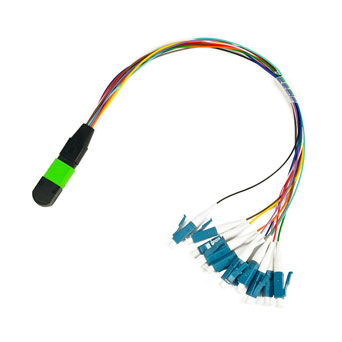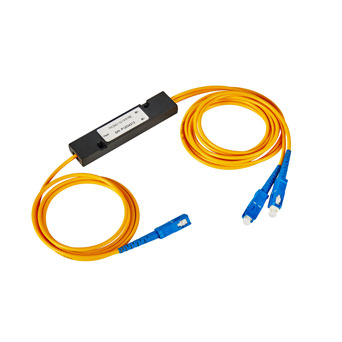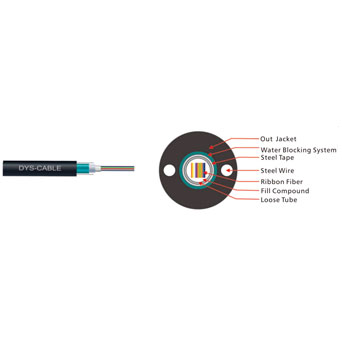Ⅰ. Introduction of fiber optic transceiver
Fiber optic transceiver is an indispensable device in network data transmission. Fiber optic transceiver is an Ethernet transmission media conversion unit that interchanges short-distance twisted-pair electrical signals and long-distance optical signals, also called a photoelectric converter in many places. Products are generally used in actual network environments where Ethernet cables cannot be covered and optical fibers must be used to extend the transmission distance, and are usually positioned at the access layer of broadband metropolitan area networks; such as: high-definition video image transmission for monitoring security engineering; at the same time, it also played a huge role in helping to connect the last mile of optical fiber to the metropolitan area network and the outer network.
Ⅱ. How to use and maintain industrial fiber optic transceivers correctly?
Industrial-grade fiber optic transceivers are used in more and more scenarios. How to use and maintain them correctly is an important means to prolong the life of industrial-grade fiber optic transceivers. So, how to use and maintain fiber optic transceivers correctly?
1. Ensure continuous and normal power supply of the optical fiber transceiver during use. The laser component and photoelectric conversion module of the optical transceiver are most afraid of the impact of instantaneous pulse current, so it is not suitable to switch on and off frequently. The central front-end computer room where the optical transceivers are concentrated and the 1550nm optical transmitter optical amplifier setting point should be equipped with UPS power supply to protect the laser components and prevent the photoelectric conversion module from being damaged by high pulse current.
2. The industrial-grade optical fiber transceiver must maintain a ventilated, heat-dissipating, moisture-proof, and clean working environment during use. The laser component of the optical transmitter is the heart of the equipment. In order to ensure the normal operation of the equipment, the manufacturer has installed a cooling and heat removal system in the equipment, but when the ambient temperature exceeds the allowable range, the equipment cannot work normally. In seasons, when there are many heating devices in the central computer room and the ventilation and heat dissipation conditions are poor, it is best to install an air conditioning system to ensure the normal operation of the optical transceiver.
3. Industrial-grade fiber optic transceivers must be monitored and recorded during use. A microprocessor is installed in the optical transceiver equipment to monitor various working parameters of the system's internal working status acquisition module, and is displayed visually through the LED and VFD display system; the optical transmitter is equipped with an audible and visual alarm system to remind the check-in personnel. The operating parameters determine the cause of the failure and deal with it in time to ensure the normal operation of the system.

 EN
EN



